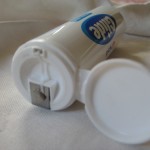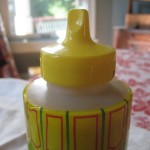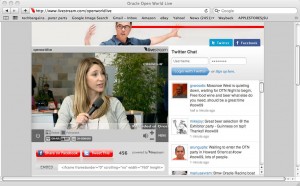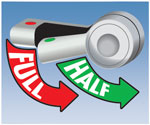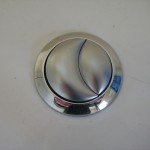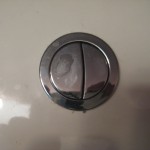Just finished my first day at the 2010 Consumer Electronics Show. The aisles are packed, at times so much so you can’t get through. But there are no exhibits in the huge Sands center this year, several of the areas in the back of the South Hall are blocked off, and one of the ballrooms usually used for the Hilton International pavilions is dark. In the main hall, OEM no-names share the prime spots with the likes of LG and Panasonic. My guess is that exhibitors panicked and stayed away while significantly more attendees are here than last year, signaling their intent to lift us out of our gloom.
According to show sponsor CEA, consumer electronics sales were off 7.8% in 2009 yet with higher volume led by bargain hunters. Sales for 2010 are projected to be up “slightly” from this terrible level. So it was interesting to see what attracted the most attention at the show.
Most popular trend that is going nowhere: 3D TV. Everybody is standing in lines to get into the theater rooms and see it but my prediction is, this is like the hot girl you’re never going to bring home to meet mom. Once the 3D glasses get stepped on or lost in the couch cushions, the party is over. (One vendor, TCL, shows a Fresnel lens type 3D where the picture is slightly different as you sift your vision, and doesn’t require glasses, but it doesn’t really have the drama of the polarized glasses kind.)
Bad news for the 3D TV folks: virtually no traffic in the zone promoting mobile TV, a technology that is designed to provide high quality reception in a moving vehicle. If you don’t want your kids to watch live TV in the car, my prediction is you won’t want to watch 3D at home either. There’s a limit to how much fun you can have.
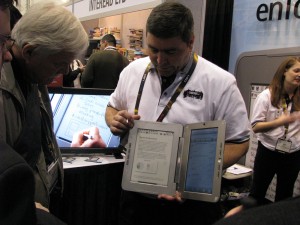
Attracting a lot of crowds: e-readers. Diverse interpretations and executions of what Kindle left out, many with added value content such as newspaper subscriptions, complete with graphics, delivered along with your e-books. There was prediction Apple would show its new tablet at the show, but I haven’t seen it. (SF pundits mention Moscone Center is mysteriously unbooked for several days in late January, suggesting an Apple stealth event coming then.)
I saw several specific technologies of interest. Will report on some of these tomorrow.
